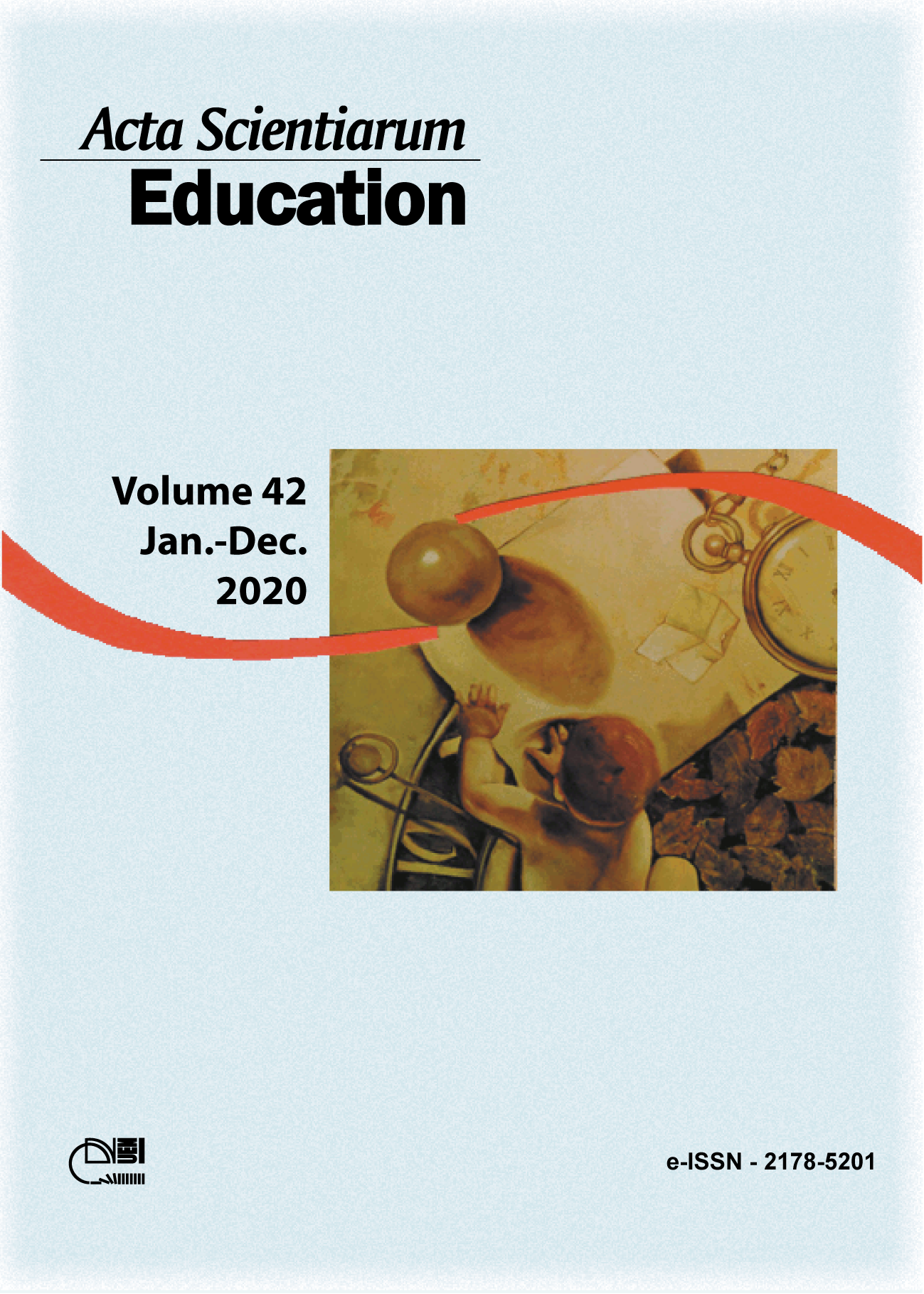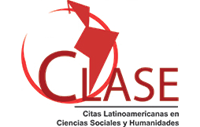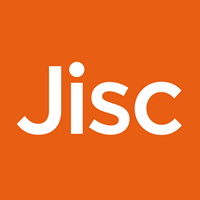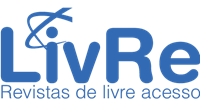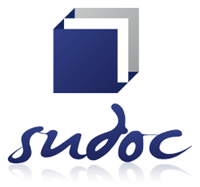Tecnologias emergentes da indústria 4.0: considerações para o redimensionamento dos currículos de engenharia
Chamada temática: Redes Educativas e os desafios atuais da Cibercultura
Resumo
As tecnologias digitais estão cada vez mais inseridas no cotidiano das pessoas, trazendo modificações nas formas de ser e de estar na sociedade, em especial, fazendo surgir o conceito da indústria 4.0, que se apresenta como uma demanda real, nova e urgente. Diante dessa realidade, é importante que as instituições de ensino acompanhem a revolução tecnológica em curso. Esse fenômeno não é novo, outras revoluções industriais já ocorreram, e em cada uma delas surgiram implicações para os currículos dos cursos de formação na área da Engenharia, a fim de que eles pudessem formar sujeitos para atuar em coerência com as tecnologias industriais que se apresentavam. Isso requer que processos didáticos sejam redimensionados a fim de formar sujeitos aptos a lidarem com os desafios emergentes. Nesse contexto, este artigo tem por objetivo apresentar um estudo de cunho exploratório a cerca de como algumas das tecnologias industriais emergentes podem atuar como ponto de partida para o redimensionamento das práticas didáticas na formação em Engenharia. Partindo-se da identificação de alguns cenários de inserção das tecnologias na sala de aula, buscou-se sinalizar o percurso que precisamos percorrer, com o intuito de atendermos as demandas que a quarta revolução industrial nos apresenta. Inferimos que é preciso conhecer as operacionalidades dos recursos tecnológicos e computacionais para criar dinâmicas didáticas que utilizem o potencial desses recursos em prol do desenvolvimento da aprendizagem. Evidencia-se, como resultado preliminar deste trabalho, o papel do pensamento computacional e da transposição informática como elementos conceituais relevantes para a criação de dinâmicas pedagógicas para compor os currículos de Engenharia, no contexto tecnológico da indústria 4.0.
Downloads
Referências
A Voz da Indústria. (2018a, 17 de março). Realidade virtual reduz custos da indústria. Recuperado de https://avozdaindustria.com.br/ind-stria-40-totvs/realidade-virtual-reduz-custos-da-ind-stria
A Voz da Indústria. (2018b, 02 de julho). Realidade Aumentada na indústria: por que e como implantar? Recuperado de https://avozdaindustria.com.br/ind-stria-40-totvs/realidade-aumentada-na-ind-stria-por-que-e-como-implantar
Agência Brasileira de Desenvolvimento Industrial [ABDI], Ministério da Indústria, Comércio Exterior e Serviços [MDIC]. (2019). Agenda brasileira para a Indústria 4.0. Recuperado de http://www.industria40.gov.br
Augusto, J. C., Callaghan, V., Cook, D., Kameas, A., & Satoh, I. (2013). Intelligent Environments: a manifesto. Human-centric Computing and Information Sciences, 3, 12. Doi: 10.1186/2192-1962-3-12
Balacheff, N. (2000). Entornos informaticos para la enseñanza de las matemáticas: complejidad didactica y expectativas. In M. N. G. Solá, & J. D. Piquet (Coords.), Matemáticas y educación : retos y cambios desde una perspectiva internacional (p. 91-108). Recuperado de https://dialnet.unirioja.es/servlet/articulo?codigo=2096059
Biaggi, G. Q., Talhaire, T. R., Cardoso, T. C., Ramos, Y. L., Queiroga, A. P. G., & Rodrigues, L. C. (2018). A internet das coisas como fator primordial na indústria 4.0. Revista Eletrônica Engenharia Estudos e Debates, 1. Recuperado de http://docplayer.com.br/108426622-A-internet-das-coisas-como-fator-primordial-na-industria-4-0.html
Bittencourt, J. (1998). Informática na educação? Algumas considerações a partir de um exemplo. Revista da Faculdade de Educação, 24(1). Doi: 10.1590/S0102-25551998000100003
BNCC. (2018). Base Nacional Comum Curricular – BNCC. Recuperado de http://basenacionalcomum.mec.gov.br/images/BNCC_EI_EF_110518_versaofinal_site.pdf
Boston Consulting Group [BCG]. (2015). Industry 4.0: the future of productivity and growth in manufacturing industries. Recuperado de https://www.bcg.com/pt-br/publications/2015engineered_products_project_ business_industry_4_future_productivity_growth_manufacturing_industries.aspx
Brennan, K., & Resnick, M. (2012). New frameworks for studying and assessing the development of computational thinking. In Proceedings of the 2012 Annual Meeting of the American Educational Research Association (p 1-25). Vancouver, CA: AERA.
Carneiro, A. C., Alves, J. K., Silva, M. S. & Fagundes, L. P. (2016). Uso de ambiente virtual para ensino de programação de controladores lógicos programáveis. Revista da META, 1(1), 58-63. Recuperado de https://seer.dppg.cefetmg.br/index.php/revistadameta/article/view/819
Costa, C., Blanco, E. S., Schirmbeck, F. R. G., & Santos, J. A. O. (2019). Prática docente na educação em engenharia: uso de tecnologia educacional com base em metodologia. Brazilian Applied Science Review, 3(1), 503-514. Recuperado de http://www.brjd.com.br/index.php/BASR/article/download/798/684
Deutsche Gesellschaft für Internationale Zusammenarbeit [GIZ]. (2016). Industrie 4.0. Recuperado de http://www.ahkbrasil.com/downloads/Arquivos/GIZ_Abschlussbericht_07_10_2016_FINAL%20portugues_FR_clean.pdf
Dóro, A. J., Tavares, M. L., Frigo, L. M., Queiroga, A. P. G., & Rodrigues, L. C. (2018). Big data: uma visão sistêmica. Revista Eletrônica Engenharia Estudos e Debates, 1. Recuperado de https://docplayer.com.br/112330258-Big-data-uma-visao-sistemica.html
Faraon, D. F. S., Pereira, O. J., Araujo, D. B., & Silva, S. R. X. (2017). Uma disciplina de inteligência artificial em um contexto de ‘internacionalização em casa’ e com abordagem multidisciplinar. In Anais do Congresso Brasileiro de Educação em Engenharia, 45. Joinville, SC: UDESC/UNISOCIESC.
Fong, T., Nourbakhsh, I., & Dautenhahn, K. (2003). A survey of socially interactive robots. Robotics and Autonomous Systems, 42(3), 143-166. Doi: 10.1016/S0921-8890(02)00372-X
Gil, A. C. (2002). Como elaborar projetos de pesquisa (4a ed.). São Paulo, SP: Atlas.
Kenski, V. M. (2011). Educação e tecnologias: o novo ritmo da informação (8a ed.). Campinas, SP: Papirus.
Lemos, A. (2003). Cibercultura: Alguns pontos para compreender a nossa época. In A. Lemos, & P. Cunha (Orgs.), Olhares sobre a cibercultura (p. 11-23). Porto Alegre, RS: Sulina.
Lévy, P. (1999). Cibercultura (C. I. Costa, Trad.). São Paulo, SP: Editora 34.
Lopes, L. M. D., Vidotto, K. N. S., Pozzebon, E., & Ferenhof, H. A. (2019). Inovaçoes Educacionais com o uso da realidade aumentada: uma revisão sistemática. Educação em Revista, 35, e197403. Doi: 10.1590/0102-4698197403
Luger, G. F. (2013). Inteligência artificial. São Paulo, SP: Person.
Papert, S. (1980). Mindstorms: children, computers, and powerful ideas. New York, NY: Basic Books.
Siemens. (2019). COMOS Walkinside Viewer, 2019. Recuperado de https://w5.siemens.com/web/at/en/industry/ia_dt/produkte-loesungen/automation_tech/comos/pl/comos-lifecycle/comos-walkinside/pages/comos-walkinside_viewer.aspx
Weiser, M. (1991). The computer for the 21st century. Scientific American, 94-104. Recuperado de https://www.lri.fr/~mbl/Stanford/CS477/papers/Weiser-SciAm.pdf
Wing, J. (2006). Computational thinking: it represents a universally applicable attitude and skill set everyone, not just computer scientists, would be eager to learn and use. Communications of the ACM, 49(3), 33-35. Doi: 10.1145/1118178.1118215
Zaharija, G., Mladenovic, S., & Boljat, I. (2015). Use of robots and tangible programming for informal computer science introduction. Procedia Social and Behavioral Sciences, 174, 3878-3884. Doi: 10.1016/j.sbspro.2015.01.1128
Zhou, K., Liu, T., & Zhou, L. (2015). Industry 4.0: towards future industrial opportunities and challenges. In 12 International Conference on Fuzzy Systems and Knowledge Discovery [FSKD] (p. 2147-2152). Zhangjiajie, CN: IEEE. Doi: 10.1109/FSKD.2015.7382284
This work is licensed under a Creative Commons Attribution 4.0 International License.
DECLARAÇÃO DE ORIGINALIDADE E DIREITOS AUTORAIS
Declaro que o presente artigo é original, não tendo sido submetido à publicação em qualquer outro periódico nacional ou internacional, quer seja em parte ou em sua totalidade.
Os direitos autorais pertencem exclusivamente aos autores. Os direitos de licenciamento utilizados pelo periódico é a licença Creative Commons Attribution 4.0 (CC BY 4.0): são permitidos o compartilhamento (cópia e distribuição do material em qualquer suporte ou formato) e adaptação (remix, transformação e criação de material a partir do conteúdo assim licenciado para quaisquer fins, inclusive comerciais).
Recomenda-se a leitura desse link para maiores informações sobre o tema: fornecimento de créditos e referências de forma correta, entre outros detalhes cruciais para uso adequado do material licenciado.



